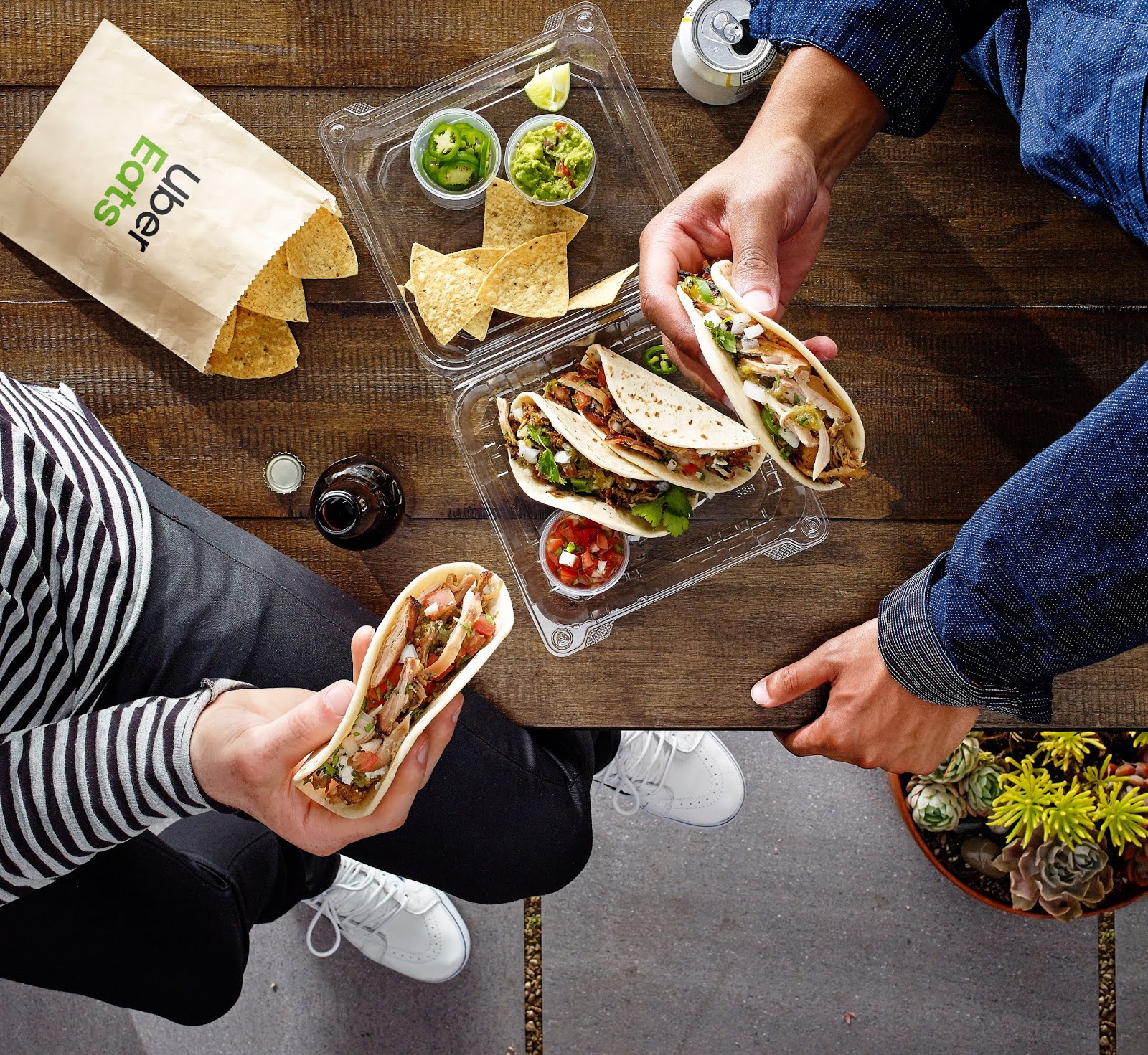- General
- May 20, 2019
- 5 minutes read
Uber Eats May Own 25% Of Global Food Delivery Market By 2023
image: Uber According to data from financial services firm Morningstar, Uber Eats is expected to control 25% of the global…
 |
| image: Uber |
According to data from financial services firm Morningstar, Uber Eats is expected to control 25% of the global food delivery industry — forecast to be worth $191 billion — by 2023. There’s also a dine-in restaurant market worth $2 trillion it’s set to take a bite out of, that could become worth more than $5 trillion, according to management consulting firm McKinsey.
But even as it grows, competition is also growing. DoorDash grew 216% between March 2018 and March 2019 according to analytics firm Second Measure. No surprise that the company is said to be raising funding at a valuation between $10 billion-$12 billion just months after raising $400 million at a $7.1 billion valuation.
 |
| image: Uber |
Uber Eats grew 58% within that same period according to Second Measure. Also, data from Edison Trends indicate that Uber Eats accounted for 29% of all food delivery transactions, slightly above 26% for DoorDash. As a public company, Uber has revealed its financial stats, stacking $2.6 billion in gross bookings for Uber Eats in its most recent quarter. DoorDash is still privately held and doesn’t release its financial results.
Uber was — notably — previously reported to be considering merging its food delivery business in India with Swiggy, a leading food delivery platform in the country valued at $3.3 billion. No confirmation or action on this has been known so far but Uber is not quite new to such arrangements. It has done same for its operations in China and Southeast Asia in past time.
 |
| Uber CFO Nelson Chai
image: Uber
|
Even with growth, Uber Eats has some risks attached, having warned that new food delivery areas would be “less profitable” in documents released prior to its IPO. Also, driver dissatisfaction is quite a concern, with the company having warned that “will generally increase” as its reduces driver incentives to boost its bottom line.






